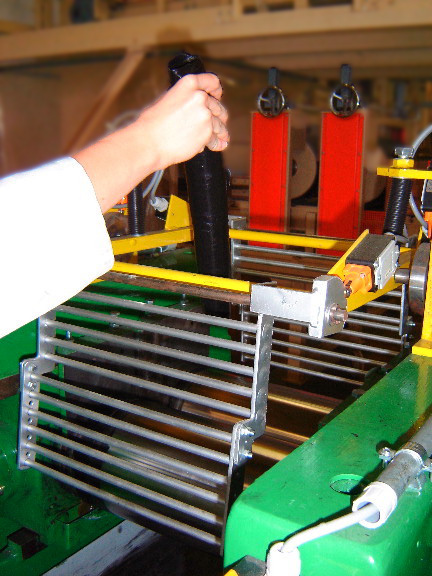Ethylene-propylene-diene rubbers (EPDM) and various other specialty rubbers are characterized by their excellent heat resistance. However, the bonding of textile reinforcements is problematic.
The TITK carried out extensive investigations into the relationships between the formulation of model elastomer compounds and the bonding to polyester fiber materials. The aim was to identify ways of optimizing the adhesion between rubber and polyester. This was done using polyester cord types as examples, both in the form of commercially prepared material and also not pretreated for own dip tests.
In the case of EPDM, influences from the EPDM rubber and the vulcanization system were shown to be decisive for adhesion. Less important were the type and amounts of plasticizers and fillers.
Work with hydrogenated acrylonitrile butadiene compounds (HNBR) indicates that here, too, there is a strong dependence on the type of rubber used: High acrylonitrile contents have an unfavorable effect on adhesion to coated polyester cord. Acrylate rubber mixtures (ACM) are a difficult material in terms of bonding to polyester.
